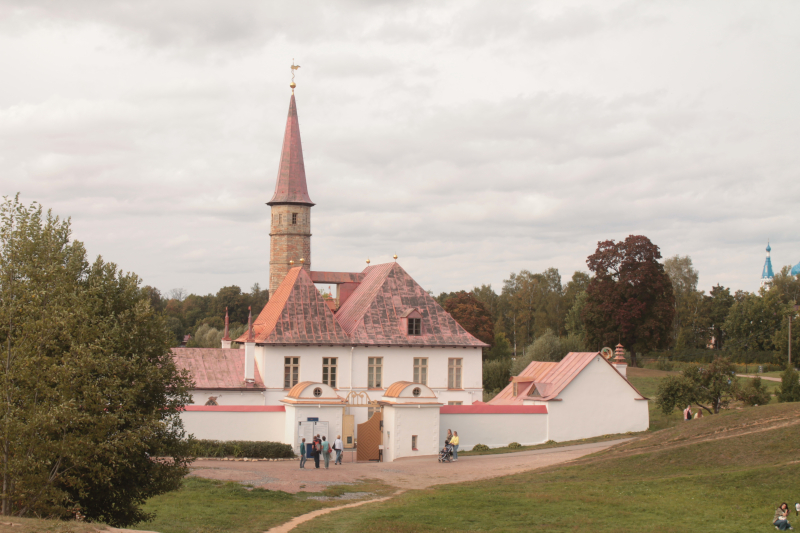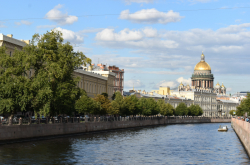While the Priory Palace is located some distance away from Gatchina’s main attractions, it’s not hard to find. If you arrive at the Gatchina-Varshavskaya railway station and head towards the Great Gatchina Palace, you will pass through the Priory Park and definitely see this white castle-like building by the lake. Unfortunately, many sightseers leave the Priory Palace for their way back, and then take a different route via the Palace Park and the historic center of the city. Another common mistake is to get back when the museum is already closed – there’s much to see at the city’s main attractions, that the Priory Palace often remains a place you’ve passed, really wanted to stop by, but never didn’t. What’s more, the museum is closed on Mondays and Tuesdays (as of 2023), and sometimes hosts various events that you may have to sign up for in advance. When planning your trip, be sure to check the schedule.
Nevertheless, the Priory Palace is definitely a place worth visiting. Sure enough, it is miniscule in comparison to other suburban palaces, and somehow seems even smaller on the inside. Its permanent exhibition is also quite modest, and doesn’t boast any world-renown works of art. Yet, the palace is quite unique in its nature, and has several stories to tell.
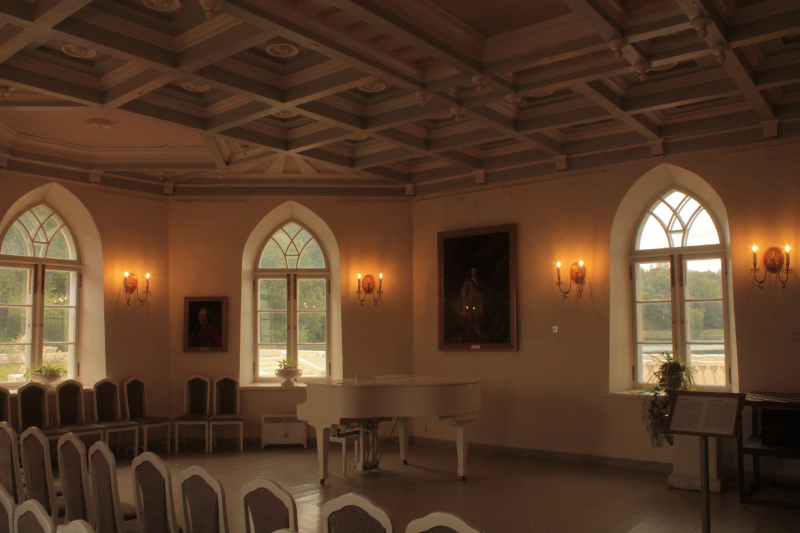
Inside the Priory Palace. Credit: Vasilii Perov / ITMO.NEWS
The first thing that makes the Priory Palace truly remarkable is the building itself. It was designed by Nikolay Lvov, a genuine Renaissance man, using a curious technology. Instead of stone, its walls were mostly made of eathbricks (compacted loam poured with lime mortar). This helped cut down the costs by more than ten times. What’s more, this approach called for very swift construction: due to the local climate, such work could only be done in the absence of rain. Hence, the bulk of the palace was finished in less than three months. While the architect designed it to last some 50 years, the palace has been around for more than 200, and is still in great condition. The simple tools used to create the earthbricks are now part of the palace’s exhibition, and a piece of the underlying brickwork is deliberately left naked, so that you can get the idea of the technique used to build the place.
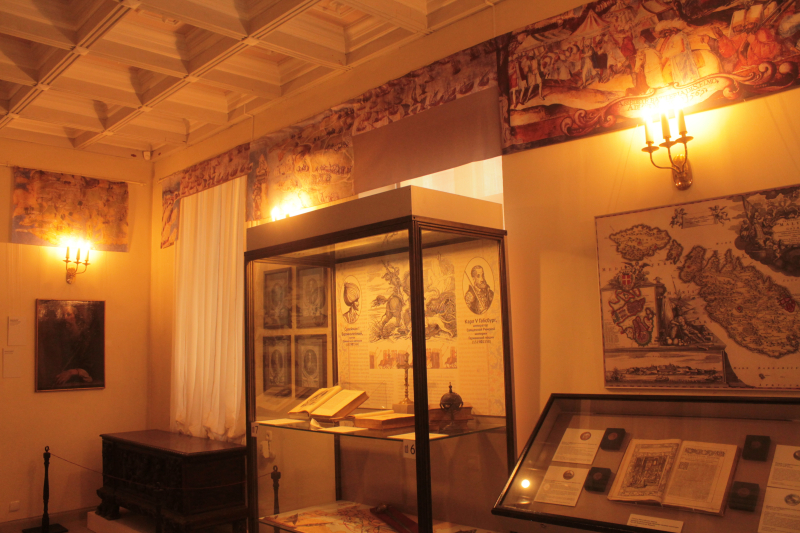
Inside the Priory Palace. Credit: Vasilii Perov / ITMO.NEWS
Another interesting piece of Priory Palace’s story is the purpose it was built for. After being exiled from France in the late 18th century, the Knights of Malta turned to Russian Emperor Paul I and asked him to assume the rank of Grand Master, which he did. The Priory Palace was intended to be the order's summer residence – hence the name. Though it never really acted as one, today’s museum still has ties with the current Sovereign Military Order of Malta. The exhibition on its first floor features paintings, books, and other items associated with its history; you can also get a guided tour on the topic (in Russian).
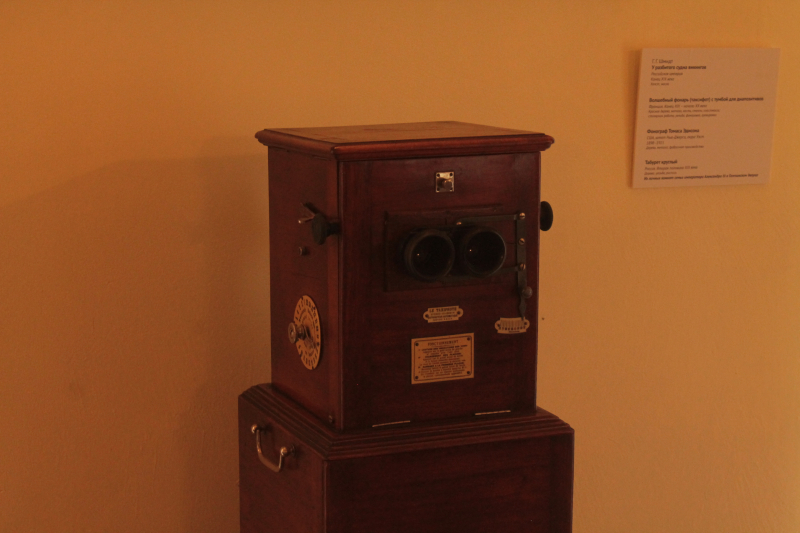
A magic lantern. Credit: Vasilii Perov / ITMO.NEWS
Finally, there’s the exhibition on the Palace’s second floor. After the death of Paul I in 1801, the place served many purposes, from hosting art exhibitions to being a Lutheran church. But most of the time, it served as housing during the occasional visits of the imperial family, their retinue, or the high brass. So the second-floor display includes mundane/commonplace items, like furniture and hunting gear, as well as my personal favorites – a few technological marvels of those times. A seven-barrel rifle, Edison’s phonograph, and my favorite, a magic lantern – while those are not something completely unique, it’s just great to look at these things and think about how simple and yet alluring technology seemed before. And for me, this is the greatest attraction of the Priory Palace.
To sum up, a visit to the Priory Palace will surely be worth your while. And if you’re interested in reading more about the many curious sights in and around our city, be sure to read our other articles on the topic.
